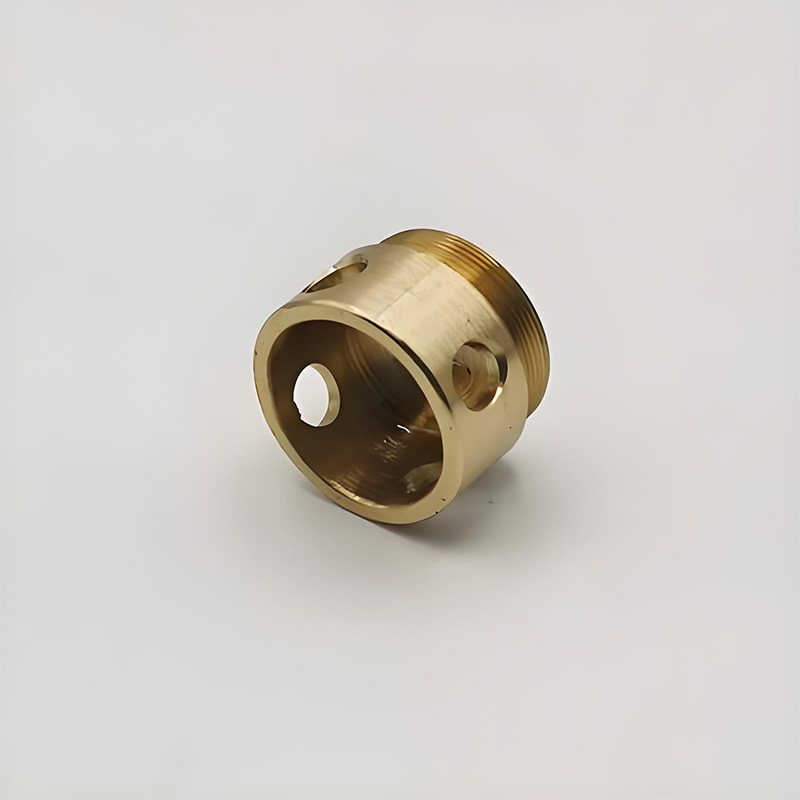
Did you know that aluminum accounts for over 60% of all CNC machined metal parts? Its lightweight properties and excellent machinability make it ideal for aerospace, automotive, and electronics applications. But getting flawless results requires specialized techniques.
In this comprehensive guide, we’ll explore eight proven strategies to enhance your aluminum CNC machining parts. Whether you’re a manufacturing engineer or a product designer, these insights will help you achieve higher precision, better surface finishes, and reduced production costs.
Aluminum seems easy to machine at first glance, but it presents unique challenges. The material’s softness can lead to built-up edge and poor surface finishes. Thermal expansion issues also cause dimensional inaccuracies. Interestingly, aluminum’s high thermal conductivity actually works against machinists during high-speed operations.
Aluminum has a tendency to stick to cutting tools, causing material transfer and poor surface quality. This happens especially with softer alloys like 6061.
Use polished flute tools with sharp cutting edges. Diamond-like carbon (DLC) coatings reduce friction significantly. According to a 2024 Machining Solutions Report, proper coatings can increase tool life by up to 70% when machining aluminum parts.
One aerospace supplier reduced scrap rates by 45% after switching to specialized end mills with high helix angles. They achieved a mirror-like finish on critical aluminum components, eliminating secondary polishing operations.
Not all aluminums machine equally. While 6061 is popular, 7075 offers better strength for structural parts. For complex geometries, 2024 machines beautifully. Let’s compare common options:
| Property | 6061 Aluminum | 7075 Aluminum |
|---|---|---|
| Machinability | Excellent (90%) | Good (70%) |
| Tensile Strength | 45,000 psi | 83,000 psi |
| Corrosion Resistance | Very Good | Poor (requires coating) |
| Best Applications | Enclosures, frames | Aerospace components |
| Cost Factor | 1.0x | 1.8x |
For most CNC machining aluminum projects, 6061 offers the best balance. But when strength matters most, 7075 is superior despite being harder to machine.
Step 1: Calculate Optimal Speeds and FeedsStart with manufacturer recommendations, then adjust. For aluminum parts, spindle speeds between 10,000-18,000 RPM often yield best results. Use this formula: RPM = (SFM × 3.82) ÷ Tool Diameter.
Step 2: Implement High-Efficiency Milling (HEM)Reduce radial depth of cut while increasing axial depth. This maintains constant tool engagement, preventing heat buildup. For aluminum components, try 5-10% radial stepover.
Step 3: Optimize Coolant StrategyUse flood coolant at 8-12% concentration. Position nozzles to directly hit cutting zones. Mist systems work for light operations but flood cooling prevents chip welding.
Step 4: Select Specialized Tool HoldersHydraulic or shrink-fit holders provide superior grip and balance. According to a 2023 Tooling Study, these reduced vibration by 60% compared to collet chucks.
Step 5: Implement Chip ManagementUse compressed air or coolant to evacuate chips immediately. Program retract moves that clear chips from deep pockets. Consider chip breakers for long-strand alloys.
Thin aluminum features easily deflect during machining. Vacuum fixtures work wonders here – they distribute holding force evenly without distortion. For prototype quantities, consider low-melt alloys as custom fixture material. They provide rigid support and can be reused.
We faced this challenge with drone arm components in 2025. Our team found that combining vacuum fixtures with strategic machining sequences reduced deformation by 80% in thin-walled aluminum parts.
Getting that perfect anodized-ready surface requires multiple approaches:
Interestingly, sometimes slower RPM yields better finishes on aluminum parts by reducing vibration. Test different parameters for your specific application.
How can you make aluminum CNC machining parts more economical? Consider these approaches:
⚠️ Using Steel Parameters: Never apply steel machining parameters to aluminum. The softer material requires different speeds, feeds, and tool geometries.
⚠️ Neglecting Chip Evacuation: Allowing chips to accumulate causes recutting and surface defects. Always prioritize chip clearance.
⚠️ Improper Workholding: Insufficient clamping pressure leads to part movement, while excessive pressure can deform thin aluminum sections.
⚠️ Ignoring Thermal Effects: Aluminum expands significantly when heated. Allow parts to cool before final measurements and machining operations.
For challenging aluminum parts with deep pockets or thin ribs:
For exceptional aluminum CNC machining parts, consider partnering with specialists who have experience with complex projects.
6061-T6 is generally the best all-around choice for most applications. It offers excellent machinability, good strength, and weldability. For high-strength needs, 7075-T6 is better but more challenging to machine.
Use sharp tools with polished flutes, apply appropriate coatings, maintain proper coolant flow, and ensure adequate chip evacuation. High helix angles (45°+) also help pull chips out of the cut.
While possible for simple operations, we don’t recommend it. Coolant prevents chip welding, reduces thermal expansion, and improves surface finish. For dry machining, use specialized air blast systems and coatings.
Standard tolerance is ±0.005 inches (±0.127mm), but with proper techniques, ±0.001 inches (±0.025mm) is achievable for critical dimensions. Thermal management is key for tight tolerances.
Mastering aluminum CNC machining requires understanding material properties and optimizing every aspect of the process. By implementing these eight strategies – from material selection to advanced toolpath techniques – you’ll produce higher quality aluminum parts with fewer defects and lower costs. Remember, the softness of aluminum that presents challenges also enables faster machining speeds when approached correctly.